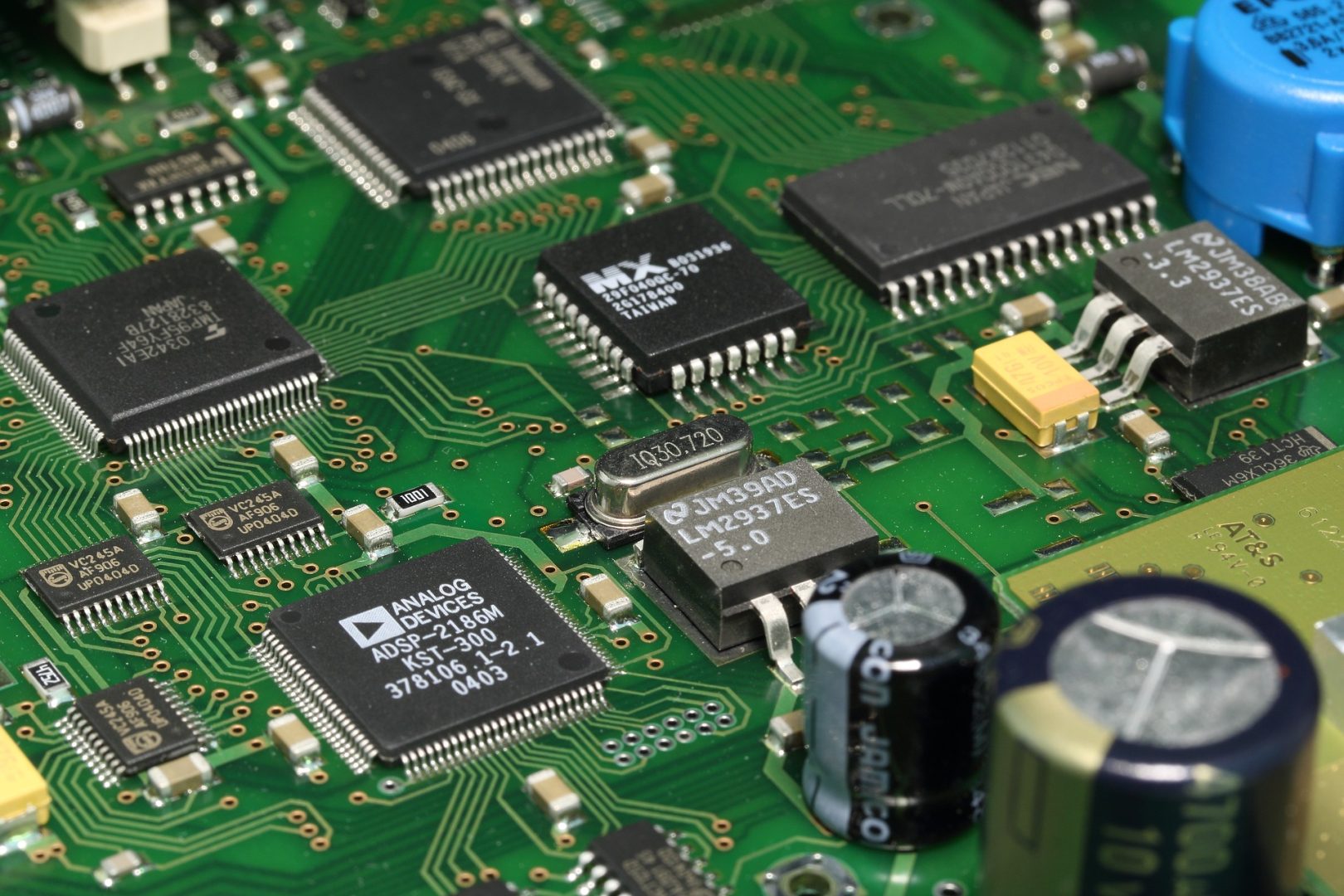
By: Dirk Stans
Procuring Printed Circuit Boards deserves the attention of leadership
Every PCB is unique and represents your intellectual property
In the electronics industry, the procurement of Printed Circuit Boards (PCBs) is not just a routine operational
task. Each PCB is a unique piece of technology that carries the intellectual property of the company, and the
decision to source, manufacture, or purchase PCBs can have long-term implications for product quality,
innovation, and competitiveness. As such, it's crucial that senior leadership understands the importance of
PCB procurement and treats it as a key aspect of the company's overall strategy.
The unique nature of each PCB
Every PCB design is the result of careful planning, research, and engineering. The layout, choice of materials,
and arrangement of components all contribute to the final product's functionality and performance. No two
PCBs are exactly the same, especially when designed for custom applications or unique products. This makes
every PCB a critical part of the intellectual property of the company, as the design choices directly impact the
performance of the final product.
For example, the PCB in a medical device or an automotive system must meet rigorous performance and
reliability standards. A failure in the design or manufacturing process could lead to serious consequences,
such as product recalls, safety hazards, or damage to the company's reputation. Because of this, the
procurement process must be carefully managed to ensure that the highest standards of quality are met.
The uniqueness of each PCB also means that its procurement cannot be treated as a standard, commoditized
purchase. Off-the-shelf solutions may not meet the specific requirements of the company's products, and a
one-size-fits-all approach can lead to suboptimal performance or increased costs down the line. The
leadership needs to recognize that investing in a robust strategic supply chain and supplier relationships is
crucial to ensuring the long-term success of their business.
Intellectual property and risk management
PCBs are not just hardware; they embody a company's intellectual property. The intricate design of the PCB
represents countless hours of engineering expertise and innovation. Protecting this intellectual property is
essential, as any breach could result in significant financial losses, as well as damage to the company's
competitive advantage.
One of the key risks in PCB procurement is the possibility of unauthorized duplication or “cloning”. When
working with external suppliers or manufacturers, there is always a risk that proprietary designs could be
copied, leading to counterfeit products entering the market. This can undermine a company's ability to
maintain product integrity, especially in industries where quality and reliability are non-negotiable, such as
aerospace, telecommunications, and healthcare. To mitigate this risk, it's important that senior leadership
takes an active role in ensuring that the company has strong intellectual property protections in place. This can
include working only with trusted, vetted suppliers who respect their customers' intellectual property, and
implementing stringent quality control measures to detect any unauthorized copies or defects.
Strategic decision-making in PCB procurement
The decision to procure PCBs is not just about sourcing components at the lowest price — it's about finding
the right balance between cost, quality, and innovation. Leadership must be involved in the strategy
decision-making process to ensure that the company's long-term goals are met.
One aspect that deserves attention is the Total Cost of Ownership (TCO) when it comes to PCB procurement.
While it may be tempting to choose a low-cost supplier, cheaper options can lead to hidden costs down the
road, such as higher defect rates, longer lead times, or poor customer support and satisfaction. These issues
can have a significant impact on product development timelines, potentially delaying the launch of new ones
products and longer time-to-market.
In addition to TCO, the company's strategic goals should align with the capabilities of its PCB suppliers. For
Example, if the company is focused on bringing cutting-edge technology to market, it needs suppliers who can
meet the demand for complex, high-performance PCBs. Likewise, if sustainability is a core value, the company
should seek out suppliers who prioritize environmentally friendly practices in their manufacturing processes.
The involvement of senior leadership in the procurement process can also help build stronger relationships
with suppliers. By treating PCB procurement as a strategic decision, rather than just an operational task,
leadership can foster partnerships that promote innovation, improve quality, and reduce long-term risks.
Conclusion
The procurement of Printed Circuit Boards is far more than a routine purchase — it is a strategic decision that
impacts product quality, intellectual property protection, and overall competitiveness. Each PCB is a unique
asset, representing the intellectual property of the company, and its procurement deserves the attention of top
management. By actively engaging in the procurement process, leadership can ensure that the company's
long-term goals are supported by high-quality, reliable PCBs, while also safeguarding valuable intellectual
property and fostering strong supplier relationships. Ultimately, viewing PCB procurement as a strategic
decision helps secure the company's future success in an increasingly competitive electronics industry.
Dirk Stans has been managing Partner at Eurocircuits since 1991, Dirk leads the group's sales and marketing efforts. With over 20 years of
involvement with FHI, the technology federation active in Dutch-speaking territories, Dirk is the federation chairman. His commitment to the European technological manufacturing industry and electronics
manufacturing in particular, runs deep.

